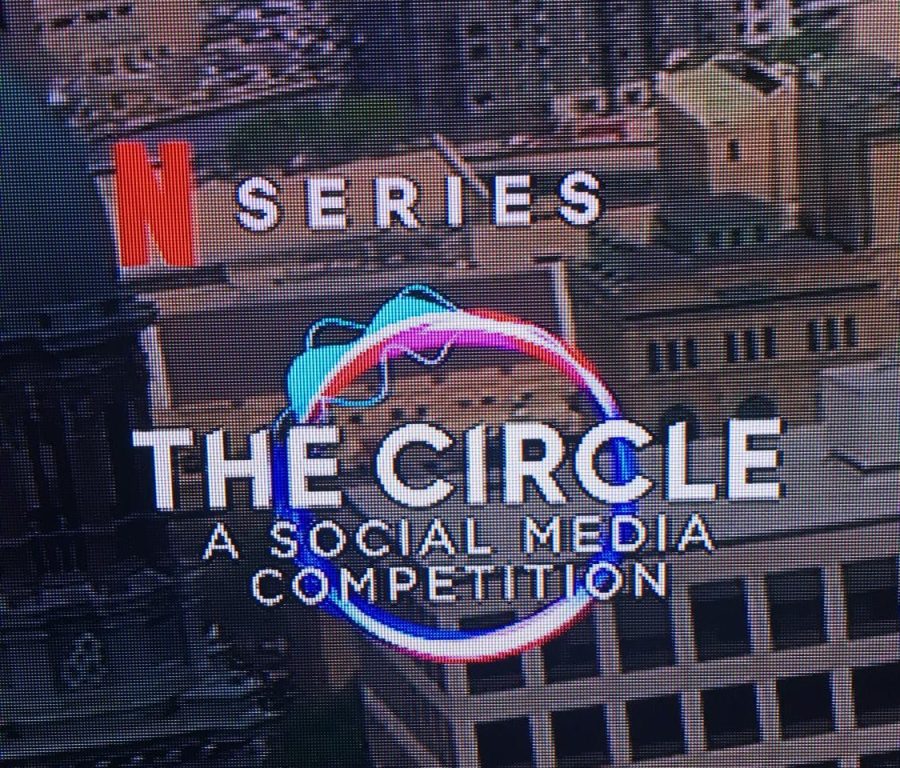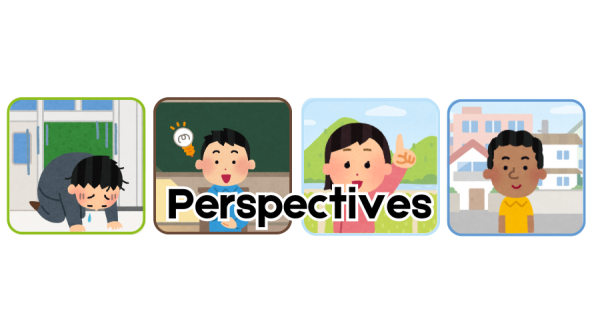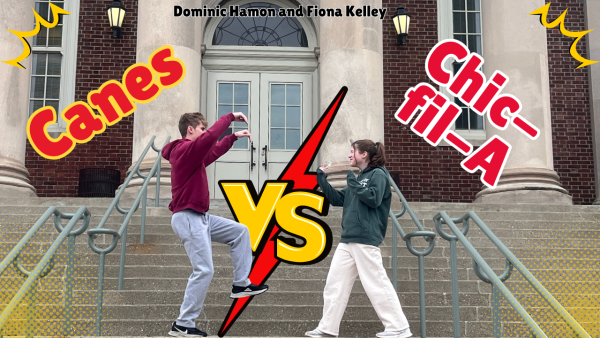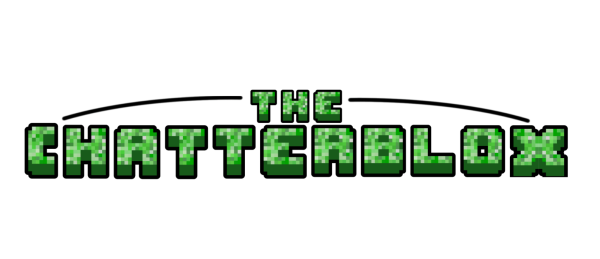The Reality of “The Circle”
the ultimate comfort show of deception and connection
The big catch of the whole show is that any player can disguise themselves as a totally different person if they want to, or go as their genuine selves.
Because of the inherently goofy nature of “The Circle,” it can be hard for viewers to seek anything of substance from what seems like just another output of the Netflix reality TV show machine. The show at first was a refuge for many from the reality of 2020, to kill some of the seemingly never ending time of a pandemic. The Circle’s promised gimmick: a social-media themed reality show.
The premise was loose, but still quirky enough to capture a curious audience.
Contestants isolated in their apartment, texting being their only way to communicate to one another. Sound Familiar?
All vying for their fellow players vote in “The Circle’s” ratings. Where at the end of the day, the two highest rated players get to ‘block’ someone in “The Circle,” all culminating in a $100,000 prize.
The big catch of the whole show is that any player can disguise themselves as a totally different person if they want to, or go as their genuine selves.
Once you get past the cringe-inducing player introductions and their out-of-this-world personalities, the show settles down and lets the players talk amongst themselves.
No one is here to specifically find love like in Love is Blind or to make love like in Too Hot to Handle. Just to merely talk.
Conversations start out light hearted and fun. Cute hashtags and emojis support each players’ generically authentic dialogue and are mixed in with the real life player reactions to the messages. These messages and the subsequent reactions are seamlessly edited and presented to the audience, making these text based connections in “The Circle” unique.
In that, when people text in real life there is a pervading air of ambiguity because you don’t really know what someone is thinking, turning modern communication into that of a game. “The Circle,” however, gives the audience both sides of the screen, making text based character building very real and very effective.
Although players have no idea who they are actually talking to in “The Circle,” they are unafraid to open up to their fellow players. It is still a goofy show, but occasionally, there are these emotional moments that sneak up and really hit you.
This is mostly because of the fact that you can never really escape the feeling that these characters, whether real or fake, are putting up some sort of front to begin with. Whether playing it up for the cameras or just doing it for the attention, it is when the players finally get comfortable enough to let their guard down and truly be themselves that “The Circle” is at its best.
You would think after three seasons of this, it would get stale. The premise is flimsy, but that gives the showrunners the fluidity to throw in obstacles that may be unfair to some players, though it is what keeps the show fresh. The reason it works is how the players react and change the way they play the game.
“The Circle” is built on strong, passionate participants that use our own communicative commonalities to relate to and, inevitably relinquish their competitors.
Season three once again brings us another batch of great characters to cheer on or root against, and the show’s silly, self-aware nature makes “The Circle,” the ultimate TV comfort show.
Your donation will support the student journalists of Walnut Hills High School. Your contribution will allow us to purchase equipment, cover our annual website hosting, printing costs and offset competition and conferences fees for students.












